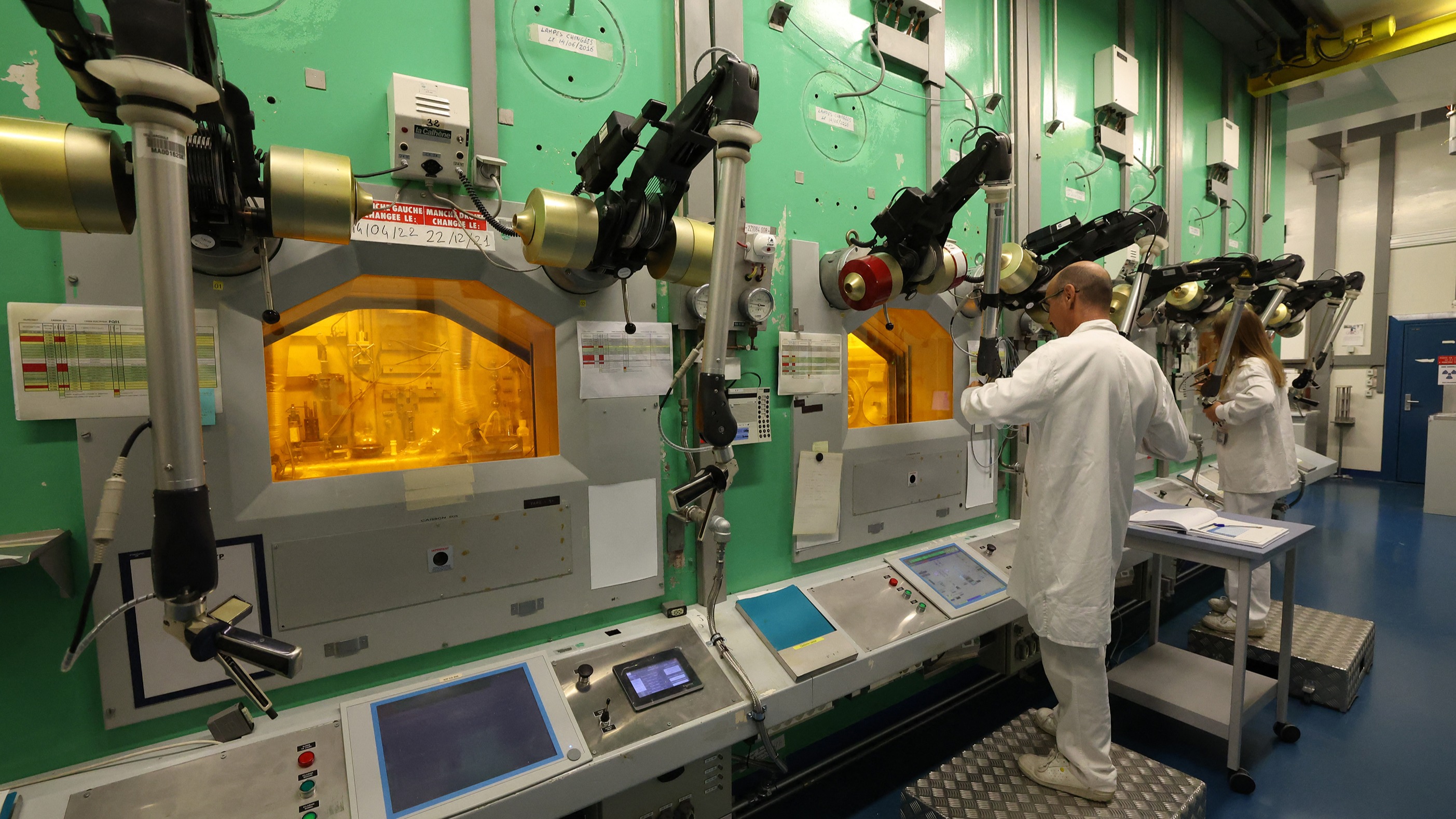EEOC Policy Reversals and Implications for Sustainable Development Goals
Report Date: October 22, 2025
This report analyzes recent policy shifts within the U.S. Equal Employment Opportunity Commission (EEOC) under the second administration of President Donald Trump. These changes, particularly concerning gender identity discrimination and disparate impact liability, are generating significant legal challenges and represent a marked departure from progress toward key United Nations Sustainable Development Goals (SDGs).
Reversal on Gender Identity Protections: A Setback for SDG 5 and SDG 10
The Commission’s revised stance on gender identity discrimination directly contravenes the principles of SDG 5: Gender Equality, which calls for an end to all forms of discrimination against all women and girls. By narrowing the interpretation of sex-based discrimination under Title VII of the Civil Rights Act, the EEOC undermines protections for transgender and gender non-conforming individuals in the workplace. This policy reversal creates significant obstacles to achieving SDG 10: Reduced Inequalities.
- The new guidance increases the vulnerability of LGBTQ+ individuals to workplace discrimination, hindering their full and effective participation in the economy.
- It weakens the legal framework required to ensure equal opportunity, a core target of both SDG 5 and SDG 10.
- This action signals a regression from creating inclusive work environments, which is a foundational element of SDG 8: Decent Work and Economic Growth.
Weakening Disparate Impact Liability: An Affront to SDG 8 and SDG 10
The EEOC has also initiated a reversal of its long-standing approach to disparate impact liability, a critical legal tool for addressing systemic and unintentional discrimination. This shift poses a direct threat to the achievement of SDG 10 by making it more difficult to challenge policies that disproportionately harm protected groups, even without evidence of discriminatory intent. The implications for SDG 8 are equally severe, as fair and unbiased employment practices are essential for sustainable and inclusive economic growth.
- The Commission has raised the evidentiary burden for plaintiffs attempting to prove disparate impact, protecting facially neutral policies that perpetuate inequality.
- This change discourages employers from proactively analyzing their policies for discriminatory effects, undermining the goal of promoting inclusive and productive employment for all under SDG 8.
- By focusing on intent rather than outcome, the new policy fails to address the structural barriers that contribute to inequality, thereby impeding progress toward the targets of SDG 10.
Institutional Integrity and the Challenge to SDG 16
The legal challenges now facing the EEOC highlight a conflict with SDG 16: Peace, Justice and Strong Institutions. This goal emphasizes the need for effective, accountable, and inclusive institutions at all levels. The Commission’s reversal of established precedent without clear legislative direction erodes its credibility and effectiveness as an institution charged with enforcing civil rights law. This undermines public trust and weakens the institutional framework designed to protect vulnerable populations and ensure justice for all.
Analysis of the Article in Relation to Sustainable Development Goals
1. Which SDGs are addressed or connected to the issues highlighted in the article?
-
SDG 5: Gender Equality
The article directly connects to this goal by mentioning the issue of “gender identity discrimination.” This highlights the challenge of ensuring equal rights and ending discrimination based on gender in the workplace.
-
SDG 8: Decent Work and Economic Growth
The focus on the U.S. Equal Employment Opportunity Commission (EEOC) and workplace discrimination relates to the goal of achieving decent work for all. Equal opportunity and protection from discrimination are fundamental principles of decent work.
-
SDG 10: Reduced Inequalities
The article’s core themes of “gender identity discrimination” and “disparate impact liability” are central to SDG 10, which aims to reduce inequality within and among countries by ensuring equal opportunity and eliminating discriminatory policies and practices.
-
SDG 16: Peace, Justice and Strong Institutions
This goal is relevant as the article discusses the actions of a key government institution (the EEOC) responsible for enforcing laws. The mention of the commission “reversing course” and drawing “legal heat” pertains to the effectiveness, accountability, and justice of institutions tasked with upholding non-discriminatory laws.
2. What specific targets under those SDGs can be identified based on the article’s content?
-
Target 5.1: End all forms of discrimination against all women and girls everywhere.
The article’s reference to the EEOC’s policies on “gender identity discrimination” directly relates to this target, which seeks to eliminate discriminatory practices based on gender.
-
Target 8.5: By 2030, achieve full and productive employment and decent work for all women and men… and equal pay for work of equal value.
The work of the EEOC in combating employment discrimination is fundamental to achieving this target. Ensuring non-discrimination is a prerequisite for “decent work for all.”
-
Target 10.3: Ensure equal opportunity and reduce inequalities of outcome, including by eliminating discriminatory laws, policies and practices…
The article’s discussion of the EEOC “reversing course” on policies concerning “disparate impact liability” is precisely about the policies and practices that affect equal opportunity and outcomes in employment.
-
Target 16.b: Promote and enforce non-discriminatory laws and policies for sustainable development.
The entire context of the article, which focuses on the EEOC’s role and the legal challenges to its enforcement of anti-discrimination policies, aligns with this target.
3. Are there any indicators mentioned or implied in the article that can be used to measure progress towards the identified targets?
The article is a brief teaser and does not explicitly mention any quantitative indicators. However, it strongly implies the relevance of certain types of indicators that could be used to measure the issues discussed:
- Existence of legal and policy frameworks: The article’s focus on the EEOC “reversing course on issues such as gender identity discrimination and disparate impact liability” implies that the status and enforcement of these specific policies are key indicators of progress or regression.
- Number of legal challenges: The phrase that the EEOC has “drawn legal heat” implies that the number of lawsuits or legal challenges filed against the commission’s policies could serve as an indicator of public and legal scrutiny of its institutional actions.
- Reported cases of discrimination: The mention of “gender identity discrimination” implies that an indicator for measuring this would be the number of reported and verified incidents of such discrimination in the workplace.
4. Summary Table of SDGs, Targets, and Indicators
| SDGs | Targets | Indicators (Implied from the article) |
|---|---|---|
| SDG 5: Gender Equality | 5.1: End all forms of discrimination against all women and girls everywhere. | Status of policies addressing gender identity discrimination. |
| SDG 8: Decent Work and Economic Growth | 8.5: Achieve full and productive employment and decent work for all. | Enforcement of equal opportunity laws in employment. |
| SDG 10: Reduced Inequalities | 10.3: Ensure equal opportunity and reduce inequalities of outcome, including by eliminating discriminatory laws, policies and practices. | Status of policies related to “disparate impact liability.” |
| SDG 16: Peace, Justice and Strong Institutions | 16.b: Promote and enforce non-discriminatory laws and policies for sustainable development. | Number of legal challenges filed against the EEOC’s enforcement policies. |
Source: law360.com







